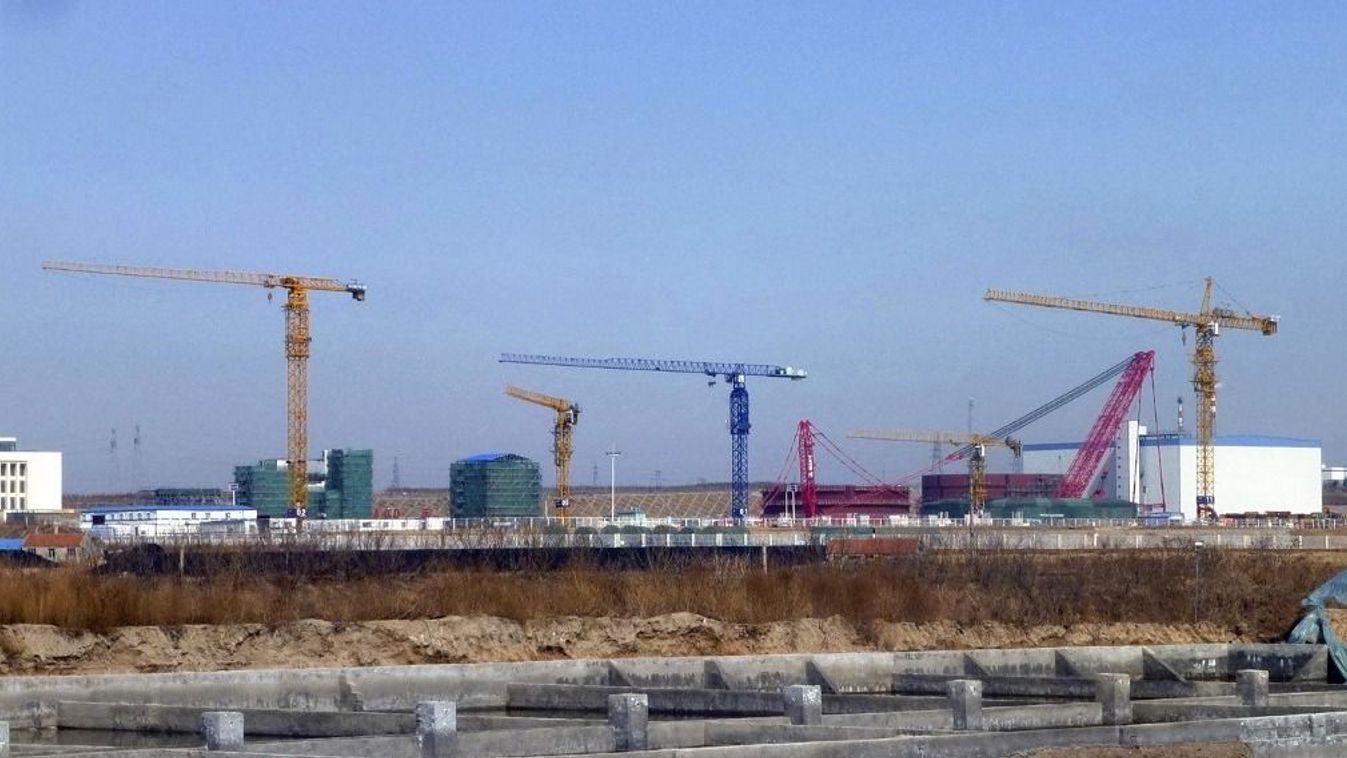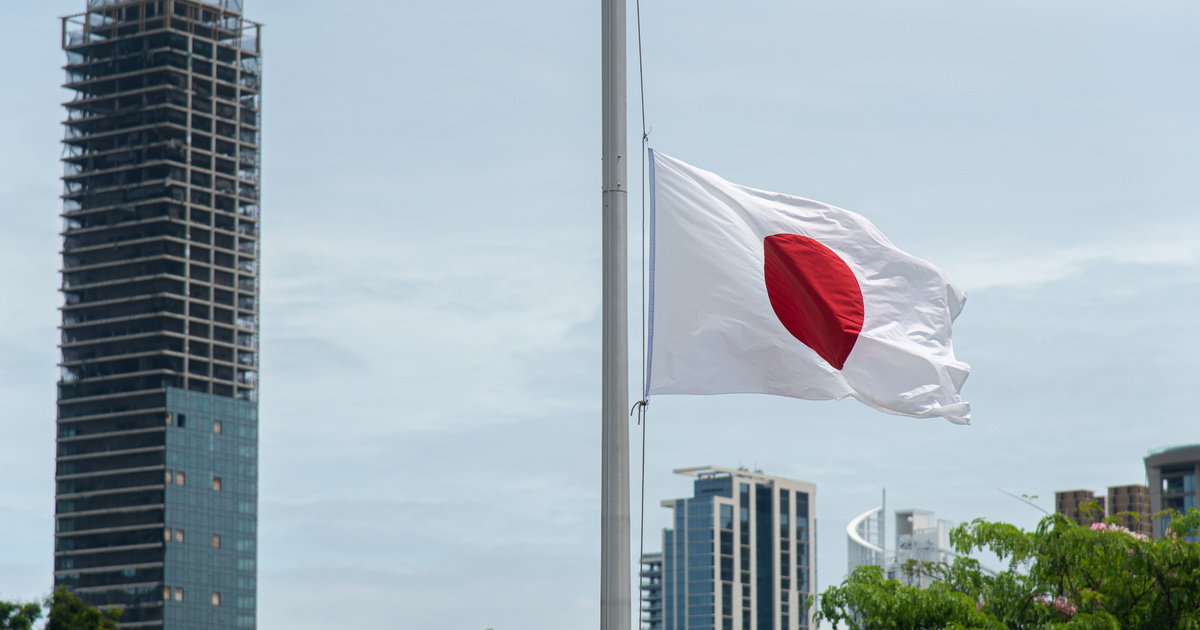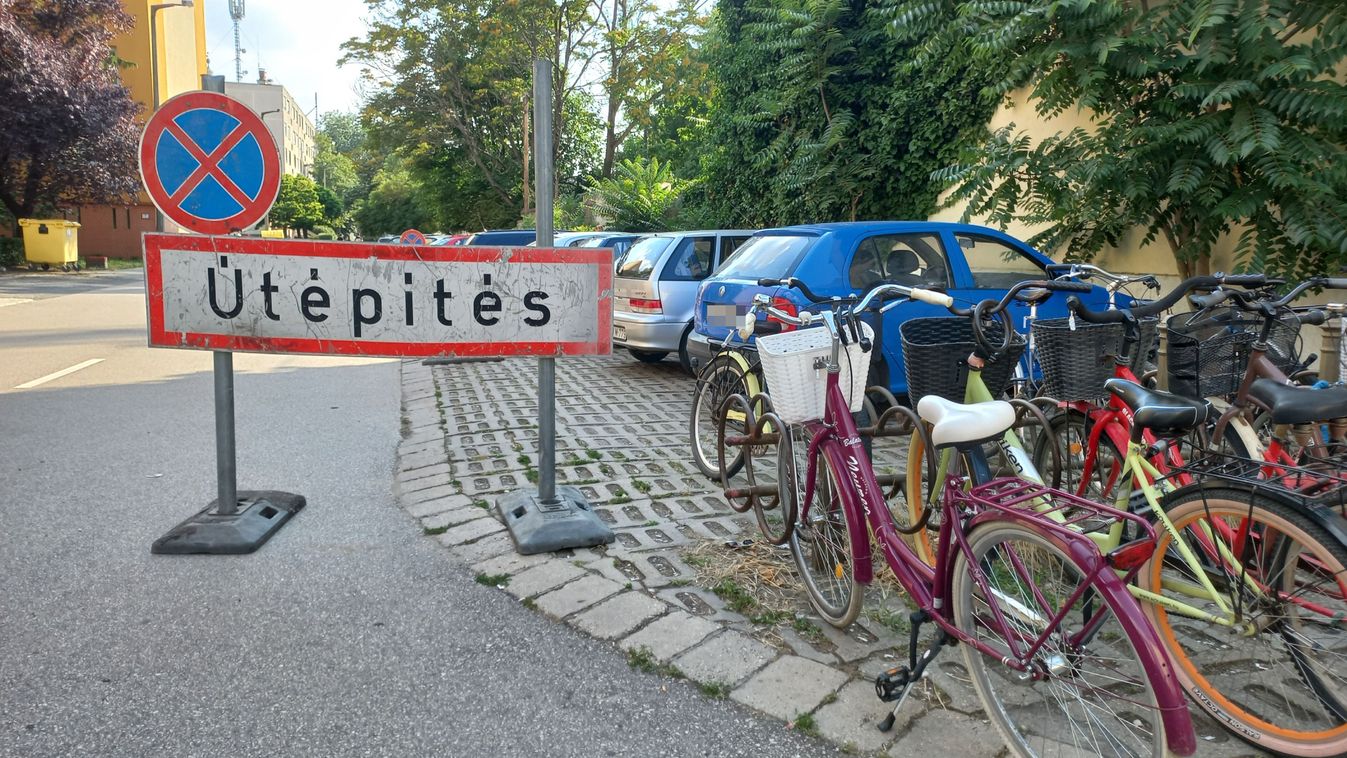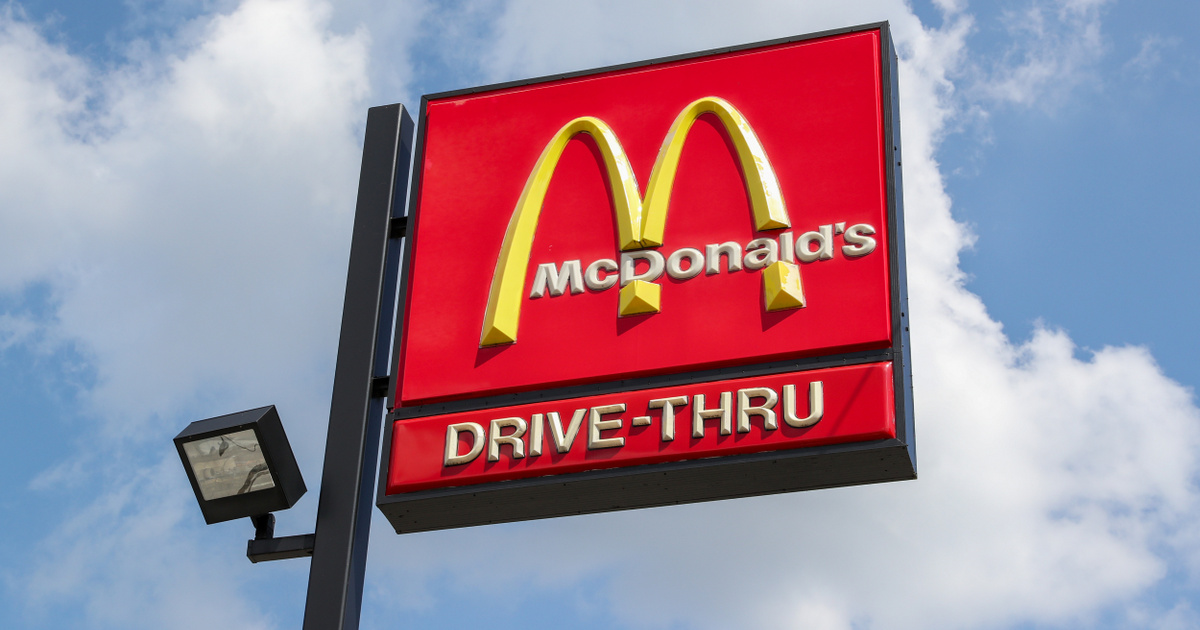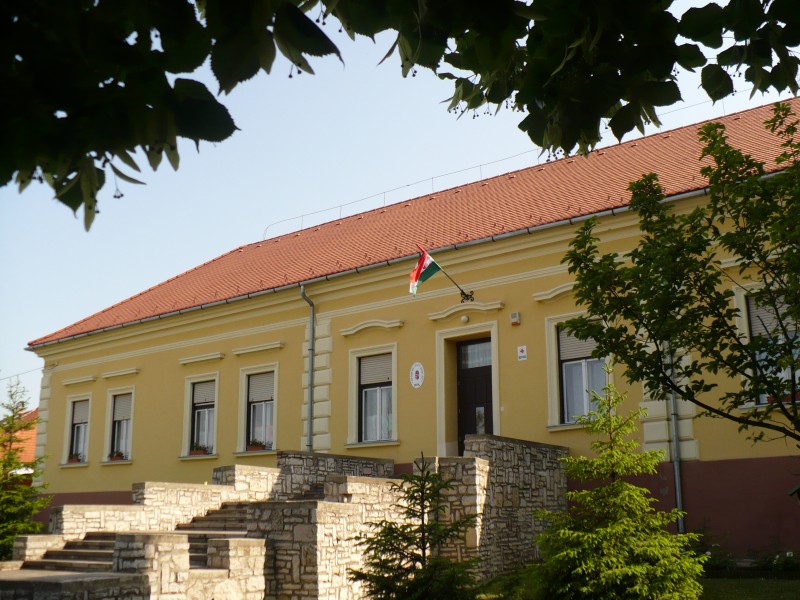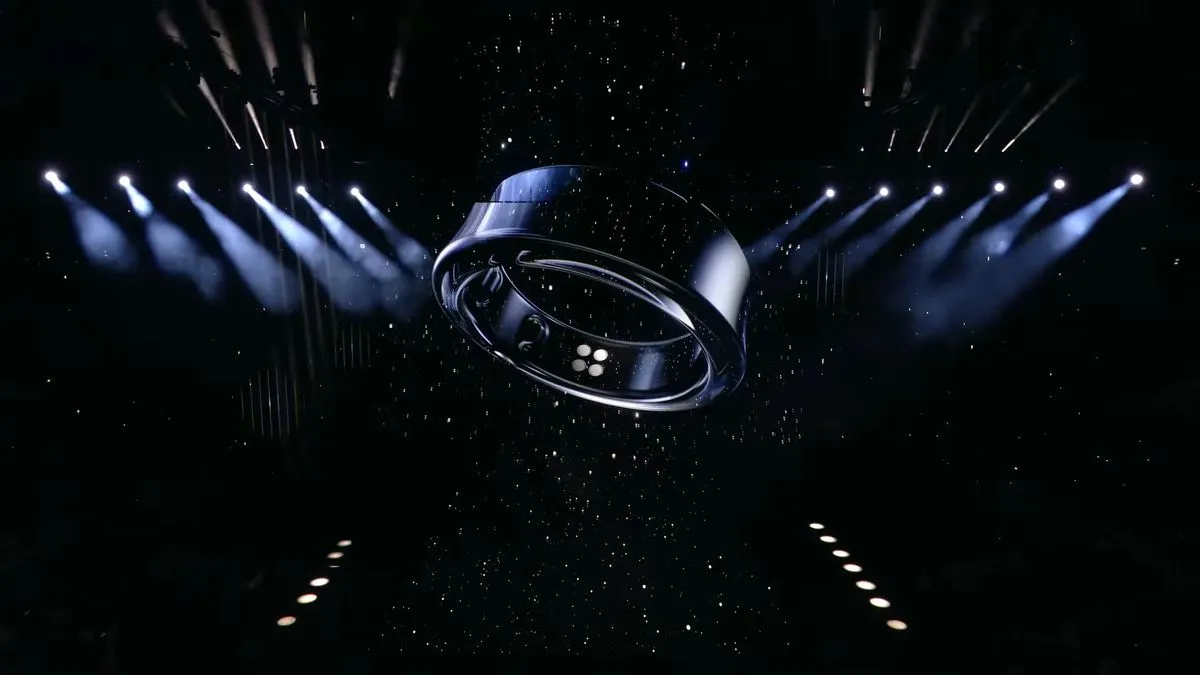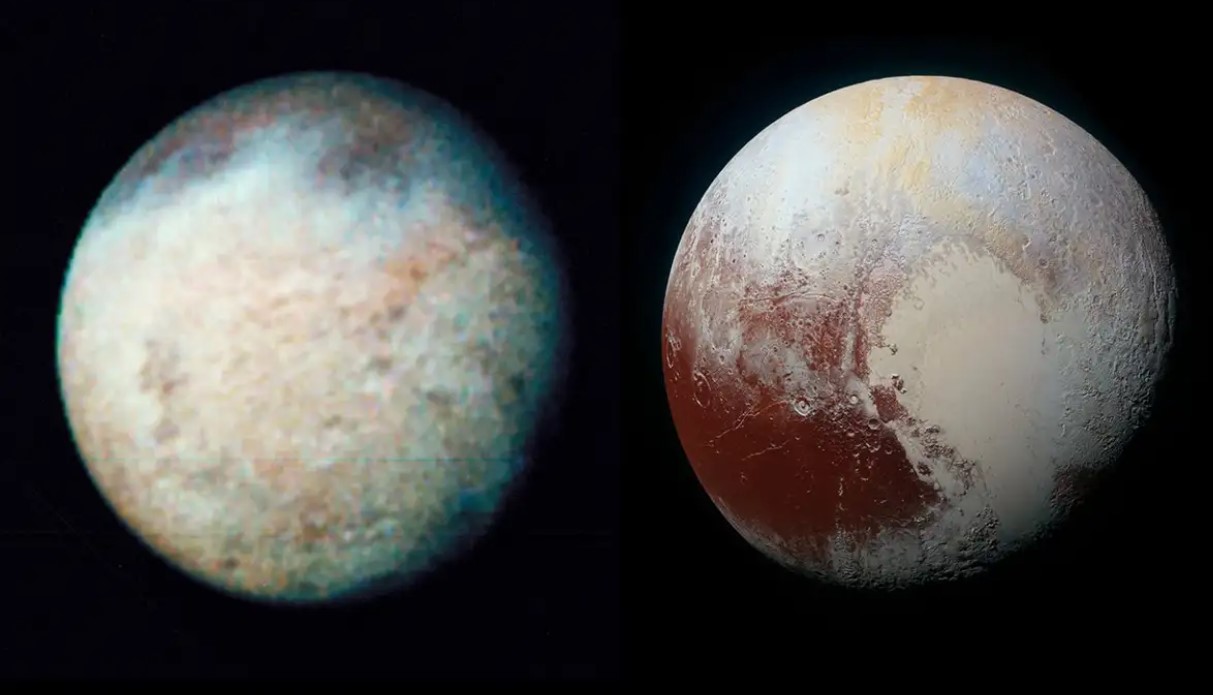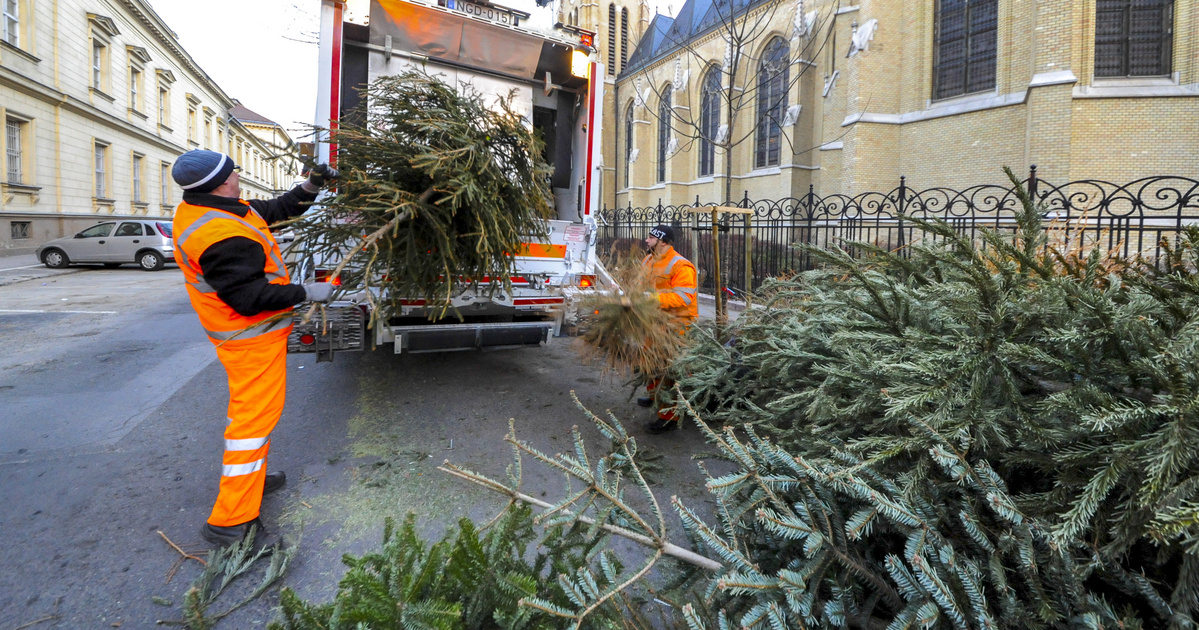After the holidays, employees of the FKF Waste Management Department, which operates independently within the Budapest Public Works, collect and transport the pine trees in an organized track system. The logistics task is not a daily task. About 500-600 thousand conifers are placed on the streets of the capital every year, and this amount must be collected and utilized.
According to experience, the real dumping of employment begins after January 6th, which usually lasts from one to one and a half months.
Pine lanes
Residents can choose from several options when placing trees: over 250 custom trees collection point You can put the Christmas tree served on any of them, or display them next to household waste bins on collection day. In the latter case, when placing trees, care must be taken to ensure that they do not impede the movement of pedestrians, bicycles and vehicles.
The FKF asks Budapest residents to choose one of the two solutions listed above, and to under no circumstances throw their trees into in public placesThis endangers the safety of others and the cleanliness of the capital.
The collected Christmas trees are transported daily by pine tree trains from designated collection points after crossing the river, and the trains are launched by the Budapest public utility company especially for this purpose.
Purpose-built vehicles equipped with a special chassis, used for garbage removal in Budapest, collect pine trees from 250 collection points as part of daily trips and according to the programme. According to FKF’s experience, most Budapest residents dispose of their Christmas trees in this environmentally friendly way. Parallel to the avenues of pine trees, popular local haulers collect greenery from residential properties, and if necessary, special vehicles also help remove large trees.
Unadorned as possible
FKF, in order to protect its employees, requires the safe operation of high-value target machines, as well as for environmentally friendly use, to remove decorations, sparklers, candy hooks, and especially soles from rendered rosins before they are put on display.
Conifers with extremely high calorific value are shredded, mixed with municipal waste and sent to the boilers of the municipal waste management works. From the thermal energy obtained in this way, district heat and environmentally friendly electricity are produced – with high efficiency, the so-called co-production.
About two-thirds of the household waste generated in Budapest over the course of the year, nearly 400,000 tons of municipal waste, is also used in this way at the waste recycling plant in the capital. This waste utilization technology – in addition to contributing to a reduction in the amount of landfill waste – causes a significant flaring of natural gas.
In 2021, the Capital Waste Recycling Plant saved 28 million cubic meters of natural gas consumption through its annual operation entirely while producing district heat in Budapest, while feeding into the national green electricity grid.
The heat energy produced at the facility reaches about 76,000 apartments in Budapest in the form of local heating and domestic hot water through the heating department’s FŐTÁV network, and the electricity produced here provides the annual electricity needs of about 50,000 average homes in Budapest. Thus the pine trees which became redundant in Budapest contribute to these important results.
(Cover photo: FKF)





